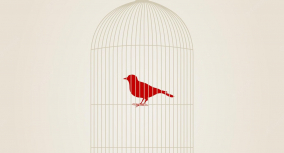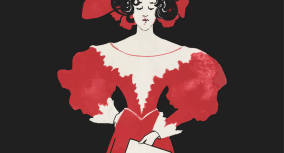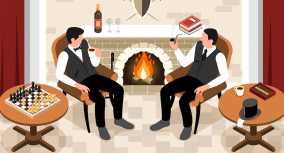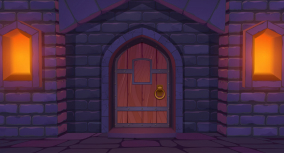There are quite a few themes that Ibsen highlights in his play. A Doll’s House is a unique mix of drama and realism, which allows the author to work on relevant and essential topics. Marriage, gender roles, money, and society are only a few of the themes that open up throughout the play.
Henrik Ibsen’s masterpiece is valued for its powerful ideas, which at his time were quite hot topics. For instance, Nora’s character represents the theme of feminism and gender roles. The Victorian era was holding women on a short leash regarding financial and other rights. Meanwhile, Nora‘s attempt to save Torvald’s life is still considered a crime. Dealing with financial operations behind her husband’s back is not tolerated by either social code or the laws.
Here, this theme is strongly correlated with the issue of family life. Society dictated how a respectable man should live. Torvald is a strong advocate of it and doesn’t want to lose his reputation and status. Therefore, Nora plays along and pretends to be happy in marriage. She needs to be an obedient and innocent wife who seeks the protection of her husband and takes care of the household. It would be alright if Nora didn’t feel that something is missing. She strives for independence and recognition from others. This issue also leads us to another theme that highlights the value of appearance. Torvald doesn’t need authenticity in his marriage. The only thing that matters to him is the opinions of others, so everything should look perfect. Therefore, their happy lives are nothing more than an illusion. Hence the title of the play refers to this topic.
Thank you for reading this article! If you are looking for essay title ideas on A Doll’s House, take a look at our essay topic collection or try using our title-generating tool.




















